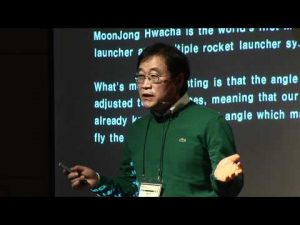
Korea is in talks with developing countries to sell its commercial satellites and related technologies, the state-run space agency said.
“We’re aiming to export our satellites as well as ground facilities starting this year,” Kim Seung-jo, president of Korea Aerospace Research Institute, told reporters on Thursday.
“Countries in South America, Colombia in particular, have shown a great interest in buying our satellites,” he added.
Although he admitted that the agency still has no firm contract, he believes, as reported by The Korean Herald, that this year will be a turning point for the country’s commercial satellite development.
“Our goal is to become a powerhouse in the satellite industry within the next 10 years,” he said, adding that the commercial satellite market will grow more than 50% within the next decade.
Korea’s third Earth observation satellite the Komsat-3, also called the Arirang-3, lifted off from a Japanese space centre last month.
The Arirang-3 is the country’s first satellite with a ‘sub-metre’ resolution camera that can distinguish a 0.7-metre object on Earth, a significant improvement from the Arirang-2 launched in 2006.
The country is also planning to launch its first Synthetic-aperture radar satellite, called the Kompsat-5, before the end of the year.
The SAR-satellite uses a form of radar to obtain high-resolution images, and has wide applications in remote sensing and mapping of the surfaces of the Earth and other planets.
Korea has reportedly made a profit of some US$2.2 million with the Arirang-2 satellite over the past five years, but the figure will rise sharply when the satellite is successfully launched, Kim said.
Korea is also preparing to launch its rocket, the KSLV-1, in October in cooperation with Russia this year after two failed attempts in 2008 and 2010.
“The successful lunch will be a stepping stone for our long-tem goal. We’re hoping to launch our own satellite with our own space vehicle in 2025,” Kim added.














Add Comment